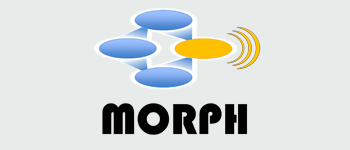Full 3D Navigation Correction using Low Frequency Visual Tracking with a Stereo Camera
- Links
- Metadata at IEEExplore.
Abstract
Robust and accurate navigation of underwater vehicles is an essential cornerstone for mission success. Integrative techniques, e.g., using inertial navigation or doppler velocity logs (DVL), can show significant drift. Even absolute input, such as GNSS input or magnetometers, can either be biased by surrounding structures or very noisy. For good navigation performance in critical maneuvers close to underwater structures like sea mounts, cliffs or man-made constructions where DVLs fail, navigation based on visual input can be very helpful. This paper presents a technique to correct a traditional navigation solution with visual tracking feedback from a stereo camera with small computational overhead. Experiments with real data from an ATLAS SeaCat AUV shows very good navigation performance on two trajectories over a variety of 3D structures.
Bibtex:
@INPROCEEDINGS{Pfingsthorn2016navcorrect,
author={M. Pfingsthorn and R. Rathnam and T. Luczynski and A. Birk},
booktitle={OCEANS 2016 - Shanghai},
title={Full 3D navigation correction using low frequency visual tracking with a stereo camera},
year={2016},
pages={1-6},
doi={10.1109/OCEANSAP.2016.7485520},
month={April},}


